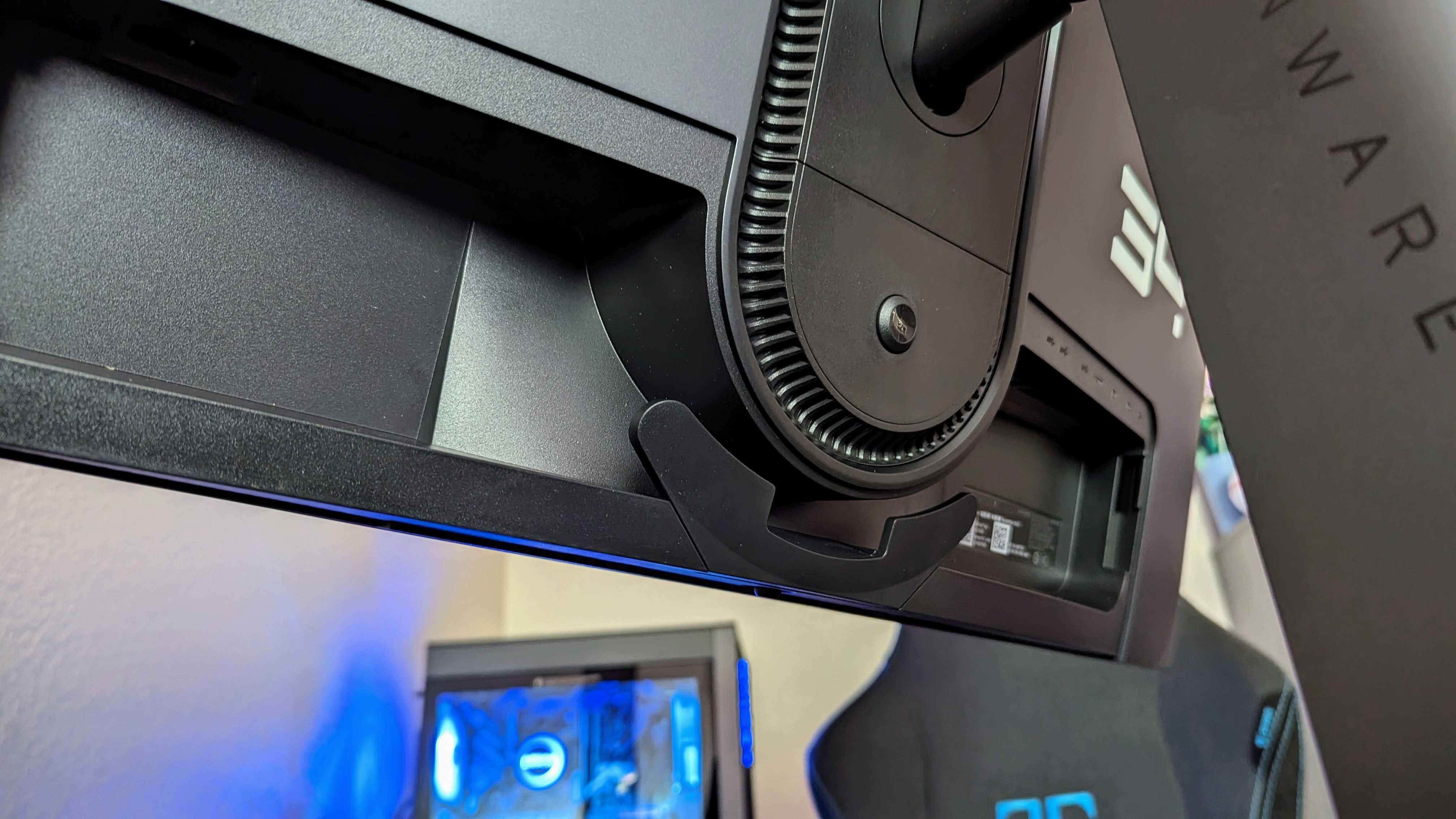Windows 11 is about to get a lot better on multi-monitor setups
Microsoft is testing a feature that improves how Windows 11 sets refresh rates across displays.

What you need to know
- Microsoft released Windows 11 Build 25915 to Insiders in the Canary Channel recently.
- The update is relatively small, but it includes a change that will improve the experience when using multiple monitors.
- Following the update, Windows 11 supports having separate monitors set to different refresh rates depending on what appears on each screen.
Multi-monitor setups make it easier to multitask at your desk, and Microsoft is working to improve that experience. Last week, the company shipped Windows 11 Build 25915 to Insiders in the Canary Channel. That update brought a couple of changes, including the ability to have monitors run at different refresh rates depending on what appears on each screen.
The change seems ideal for people with a pair of the best gaming monitors or that do different types of tasks across their displays.
"We have improved refresh rate logic to allow different refresh rates on different monitors, depending on the refresh rate for each monitor and content shown on the screen. This will help most with refresh rate-dependent multitasking, like playing a game and watching a video at the same time," explained Microsoft.
The new functionality should free up system resources in certain situations. For example, if you're watching a video of a gaming tutorial on one screen and playing your game on another, Windows 11 could adjust the refresh rates of the respective displays accordingly. There's no need to match a video that's 30 FPS with gameplay that's at a higher figure.
The same Insider build includes a change to how Dynamic Refresh Rate works when Battery saver is turned on. The feature will keep your screen at a lower refresh rate to save battery life.
We covered the other changes and improvements in Windows 11 Build 25915 last week, including the new Outlook for Windows continuing to roll out to Insiders.
In the same blog post it announced the new build, Microsoft shared that a Bug Bash will kick off on August 2, 2023.
All the latest news, reviews, and guides for Windows and Xbox diehards.

Sean Endicott is a news writer and apps editor for Windows Central with 11+ years of experience. A Nottingham Trent journalism graduate, Sean has covered the industry’s arc from the Lumia era to the launch of Windows 11 and generative AI. Having started at Thrifter, he uses his expertise in price tracking to help readers find genuine hardware value.
Beyond tech news, Sean is a UK sports media pioneer. In 2017, he became one of the first to stream via smartphone and is an expert in AP Capture systems. A tech-forward coach, he was named 2024 BAFA Youth Coach of the Year. He is focused on using technology—from AI to Clipchamp—to gain a practical edge.
